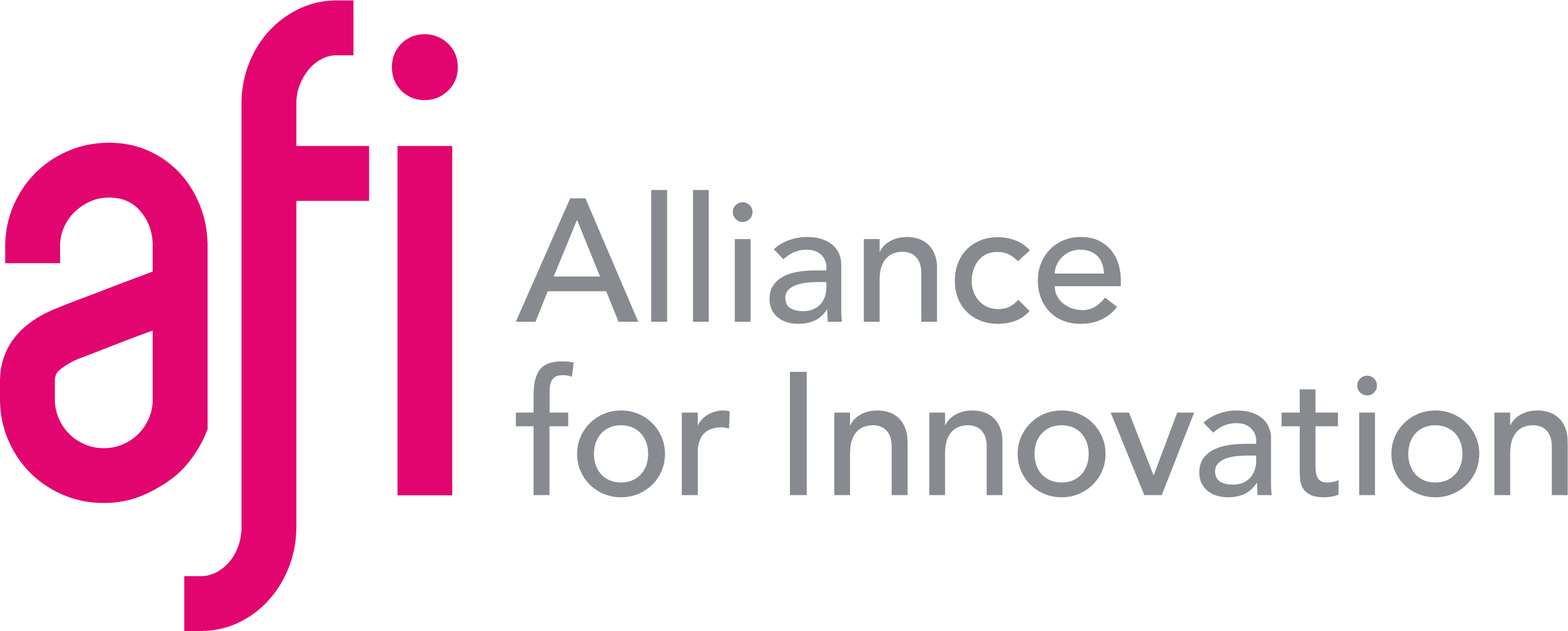High-profile cases such as the deaths of George Floyd and Breonna Taylor have led some community and government leaders to reimagine policing in America. Four potential components of police reform being discussed now are policy operation reform, police funding, commitment to transparency and accountability, and benchmarking.
Policy Reform
Some local governments have taken the lead in adjusting operating policies. Cities such as Minneapolis, Washington, D.C, Sacramento, Phoenix have committed to banning chokeholds or other maneuvers that have led to asphyxiation. Other policies that have been implemented include “Duty to Intervene” and “Breonna’s Law.” The former was adopted by the City of Cambridge to encourage the Cambridge Police Department present at any scene where physical force is being applied to stop or attempt to stop another member of the Department when force is being unreasonably applied or is no longer required. Louisville banned “No-Knock” warrants after a unanimous vote by the Metro Council following the death of 26 year-old-Breonna Taylor, who was killed by police in her apartment after the execution of a “No-Knock” warrant.
Police Funding
Some communities have also been calling on local government leadership to divert funds from police budgets to social wellbeing initiatives and programs. The Los Angeles City Council approved a $150 million cut to the LAPD’s budget for the next fiscal year in order to allocate the money for social service. This is an 8 percent cut to the $1.86 billion proposed operating budget of the LAPD. The largest share of LA County’s net county costs (NCC) goes to the County’s public safety departments, including the Sheriff’s Department, according to the LA County summary of their 2020-2021 budget proposal. Activists are pressing for further action. Communities such as the City of Austin are adopting budget cuts as well.
Commitment to Transparency and Accountability
Proposals to increase transparency and accountability include independent investigations in cases involving police violence, implementing civilian review boards, and the use of community-oriented policing. In San Jose, CA, an independent auditor will be used in place of the internal affairs model traditionally used by the agency in cases of excessive force and racial discrimination. Phoenix, AZ is utilizing a civilian review board known as the Office of Accountability and Transparency. This community-lead effort and initiative came after the Phoenix City Council voted to approve funding after pressure from the community and protests during the summer. Other cities such as the City of Santa Cruz, CA are opting to focus on improving trust between communities and law enforcement through workshops and commissions.
Benchmarking Resources
The National League of Cities published “Policing in the 21st Century” to provide local governments with a guide with steps to apply community policing practices. Some of the suggestions are similar to the above-mentioned components of reform such as building trust, increasing transparency, and enhancing police training. Some are based on President Obama’s Task Force on 21st Century Policing guidelines. Data-driven solutions have also been suggested. Benchmarking tools like those used by the International Association of Chiefs of Police enhance decision making and conduct comparative analyses with peer agencies.
These recommendations and discussions of shifts in traditional policing signal a change in popular opinion on the intersection of policing and racism. Some activists point out that poor and working-class communities of color are most often victims of violence, and argue that police budgets are bloated while funding for social services is insufficient. Addressing these disparities in resources is a possible key to improving relations between local governments, police, and the citizenry. Community leaders are asking pressing questions that make some leaders rethink the priorities of their cities.
Access the research request here: https://members.transformgov.org/police-reform-improvements-and-benchmarks/



